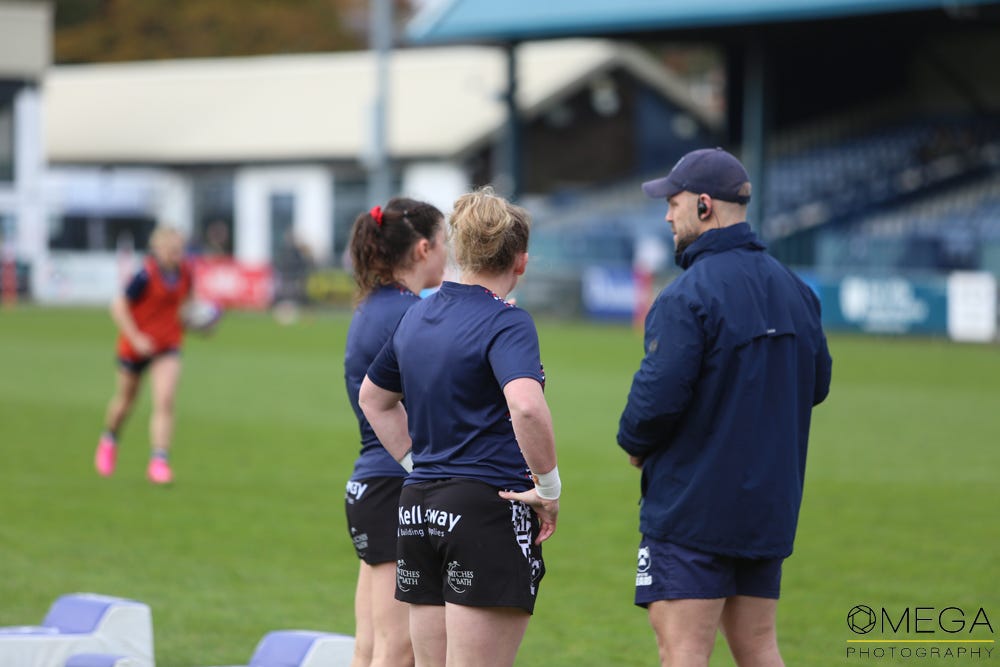Why it matters
Sounds like an obvious question, but let's explore why a female health and rugby week matters.
Women now make up one quarter of the total playing population. That’s according to some 2023 stats from World Rugby.
However, this growth in numbers hasn’t immediately resulted with growth off field or in practices. As World Rugby said in 2020, there is a gender data gap that exists within rugby. Alot of common practices and widely held beliefs are formed due to research and history based within men’s rugby.
“Data on injuries and training techniques has almost exclusively been collected from male players in the past. The conclusions drawn are then generalised across the entire sport – including women’s rugby – and form the basis of rugby’s law changes and training methods.” - World Rugby
On-pitch examples
One on-pitch example is the Activate program. It’s an injury prevention and risk management program designed to be used in the warm ups for training and matches. However, it’s been predominatley designed and tested within male environments. This is now changing, with ongoing research into female players and Activate.
This does not mean female teams should ignore Activate. I use it in my warm ups when coaching. I use it alongside other female-specific exercises such as the WRU ACL exercises.
A gap that’s begun to be closed in research is concussion. Recent work has explored the differences between male and female concussions. Lower neck strength, when compared to men, has been identified as a point of difference. This is now being addressed with programes like Contact Confidence.
Contact Confidence is targeted at women and looks at neck strength, mobility and falling to the ground. I love the programme and deploy it in my coaching environments. I often use it when I’m coaching a group that has a low playing age.
Off-pitch examples
It’s going to sound like a no-brainer, but if people don’t feel welcome at your club then they won’t turn up. Rugby clubs have traditionally not felt welcoming towards women.
Make all women (not just players, but coaches, volunteers etc) feel seen at a rugby club. From a female health perspective, this can be done by including free period products in club toilets.
I know I sound like a broken record about this, but I don’t apologise. I am now, thankfully, on medication to manage my periods due to suspected endometriosis. Before this, my periods were horrific. They still are, but I lose alot less blood.
Having period products at your club, in all toilets not just changing rooms, means everyone can use them if they need. No one should have to bleed through their clothes, and trust me, sometimes periods can be tricky to track.
It’s also the visibility that having the products means. It signals to women that they’re seen and welcomed within an environment.
Yes, but…
So I’ve outlined a handful of issues/topics, but how does it fit into coaching? How does the next week of topics within female health relate to your own coaching practice. How can you include it?
It’s a really simple answer. It comes back to wanting to be the best coach for the player in front of you. It’s about coaching the player as a person-first. Being player-specific.
Being player-specific, for me, means using as many resources (research, experience, NGB guidance etc) that I have available and using it to coach that player. It’s not a one-size-fits-all approach. However, by being aware of topics like menstruation or menopause and how they fit into rugby, I can better understand and coach each player.
The same would be the case for any male players I would coach, and have coached. It’s about seeking education and the subsequent application of education, to each individual player based on their wants and needs.
If you’re unable to sign up for regular paid subscription, you can still buy me a coffee



